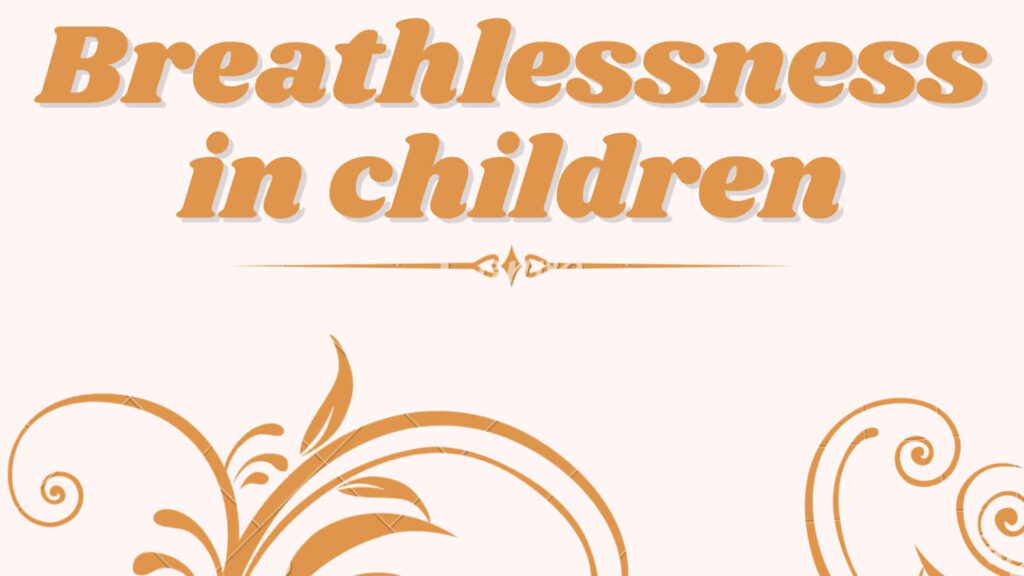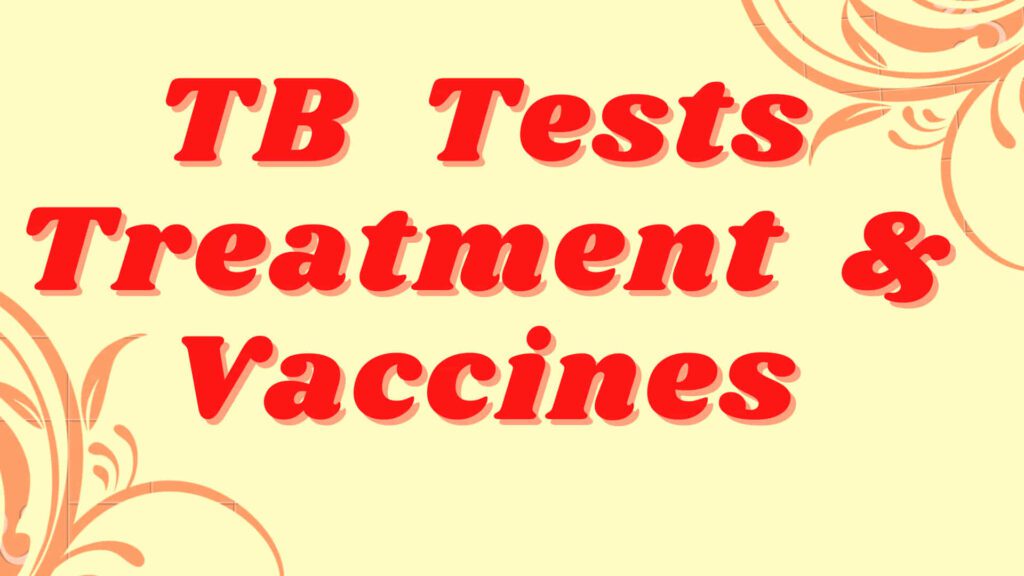Table of Contents
Introduction: Understanding HMPV Virus Infection
Human metapneumovirus (HMPV) is a common respiratory virus that can cause mild to severe respiratory illnesses, especially in children, older adults, and those with weakened immune systems. This guide explores its symptoms, transmission, treatments, and prevention, while addressing frequently asked questions about this viral infection.
What is HMPV Virus Infection?
HMPV, first identified in 2001, belongs to the Paramyxoviridae family. It primarily affects the respiratory tract, leading to infections like bronchitis and pneumonia. The virus is highly contagious and spreads through respiratory droplets when an infected person coughs or sneezes.
Symptoms of HMPV Infection
The symptoms of HMPV infection vary based on the severity and the patient’s age or health condition.
Common Symptoms
- Cough
- Runny nose
- Fever
- Sore throat
- Fatigue
Severe Symptoms
- Difficulty breathing
- Wheezing
- Chest congestion
- Cyanosis (bluish discoloration of the skin due to lack of oxygen)
Causes and Risk Factors
HMPV spreads through:
- Close Contact: Hugging or shaking hands with an infected person.
- Contaminated Surfaces: Touching objects with the virus and then touching your face.
- Airborne Droplets: Breathing in droplets from an infected person.
High-Risk Groups
- Children under 5 years
- Elderly individuals
- People with chronic illnesses or weakened immune systems
Diagnosing HMPV Infection
Doctors diagnose HMPV using:
- PCR Tests: To detect the virus’s genetic material.
- Chest X-rays: For severe cases involving lung infections.
- Blood Tests: To identify inflammation or infection markers.
Treatment Options for HMPV Infection
Currently, no specific antiviral treatment exists for HMPV. However, supportive care can alleviate symptoms.
Home Remedies
- Stay hydrated to loosen mucus.
- Use a humidifier to ease breathing.
- Take over-the-counter medications for fever and pain relief.
Medical Interventions
- Oxygen therapy for severe breathing difficulties.
- Hospitalization in cases of pneumonia or significant respiratory distress.
How to Prevent HMPV Infection
Preventive measures include:
- Hygiene Practices
- Wash hands regularly with soap for at least 20 seconds.
- Avoid touching your face, especially eyes, nose, and mouth.
- Environmental Controls
- Disinfect frequently touched surfaces.
- Maintain good ventilation in living spaces.
- Protective Measures
- Wear masks in crowded areas during outbreaks.
- Stay home if you’re feeling unwell to avoid spreading the virus.
FAQs About HMPV Virus Infection
Is HMPV the same as RSV?
No, while HMPV and respiratory syncytial virus (RSV) cause similar respiratory illnesses, they are different viruses.
Can HMPV infections be fatal?
HMPV is usually mild, but it can cause severe complications like pneumonia, particularly in high-risk groups.
Are there vaccines for HMPV?
As of now, no vaccine is available for HMPV, but researchers are working on developing one.
How long is the recovery time for HMPV?
Most people recover in 1-2 weeks, but severe cases may take longer.
Can you get HMPV more than once?
Yes, reinfections can occur, as immunity to HMPV is not long-lasting.
Conclusion
HMPV virus infection is a common yet preventable respiratory illness. By adopting proper hygiene and seeking timely medical care, you can minimize its impact. Stay informed and proactive about respiratory health for yourself and your loved ones.



